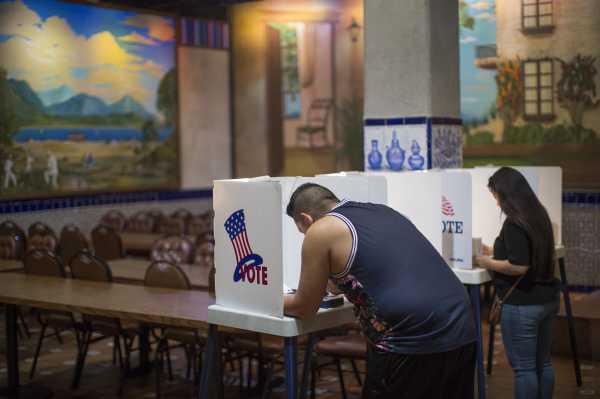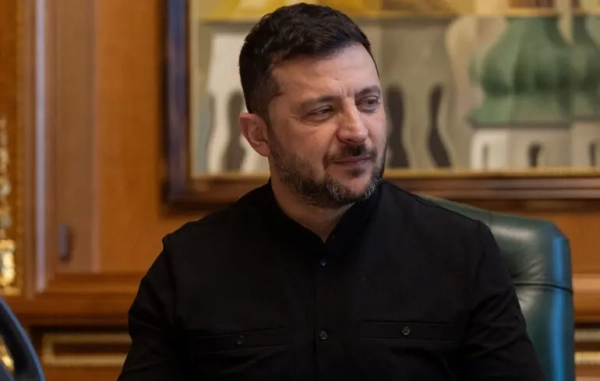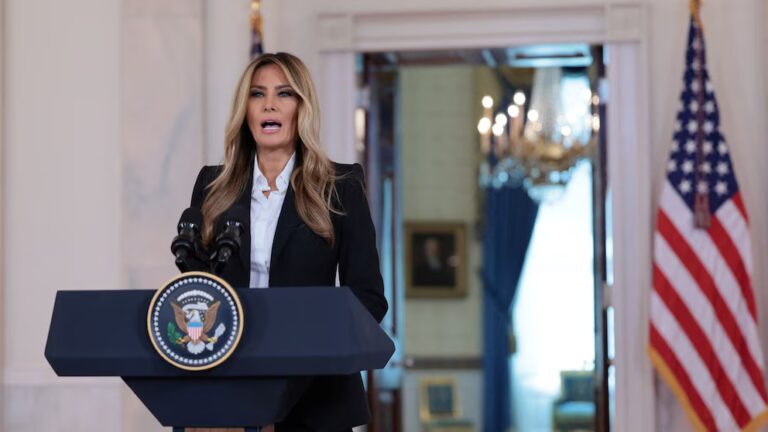
Latino voters could make the difference in some of this year’s most competitive congressional races — particularly in places like Arizona, California, and Texas where they make up more than 20 percent of the electorate.
Given high anti-Trump sentiment among Latino voters — and a strong preference for Democratic candidates —these voters could help spur a “blue wave” in November. But Democrats have to reach them and turn them out to vote first.
Recent data from NALEO and Latino Decisions suggests that this might not be happening — or at least that these efforts aren’t any more successful than they were in 2016.
In an October 16 poll, the groups found that 55 percent of Latino voters haven’t experienced any form of election outreach from Democrats or Republicans. Voters indicated that they hadn’t yet been contacted by a political party, campaign, or community organization about voting across multiple platforms including phone, mail, and email.
At the same time in the 2016 election, almost the exact same proportion of Latino voters also said that they hadn’t received any outreach. An October 17, 2016, poll found that 56 percent of Latino voters had not heard from either political party as the election was approaching.
The striking similarities in the data seem to suggest that neither party has changed much when it comes to their efforts to connect with Latino voters, even though experts have repeatedly emphasized that Democrats need to dial up their outreach if they want to bolster Latino turnout in 2018.
“If Democrats assume that they can expect higher voter turnout based on feelings of political threat or angst without investing in voter mobilization, this will likely lead to disappointing electoral participation,” Ricardo Ramirez, a Notre Dame political science professor, told Vox.
An aide from the Democratic Congressional Campaign Committee — a campaign arm for Democratic House candidates — notes that the organization is investing more than $25 million to connect with different groups of Democratic base voters including African Americans, Latinos, Asian Americans, millennials and women. The aide also said that investments the DCCC made to reach voters ahead of the California primaries helped to spur Hispanic turnout for the CA-39 primary, a key battleground district. This year’s Hispanic turnout in that district was significantly higher than primaries in both 2014 and 2010, the aide said.
A spokesperson for the National Republican Congressional Committee did not immediately respond to a request for comment.
In 2016, Democrats were banking on Latino voters to help sway the presidential election, a surge that never fully materialized. That year, Latino voters ended up turning out at lower rates than white, African-American, and Asian voters, says Queens University political science professor Margaret Commins.
It remains to be seen whether the same dynamic could play out again in November.
Sourse: vox.com






